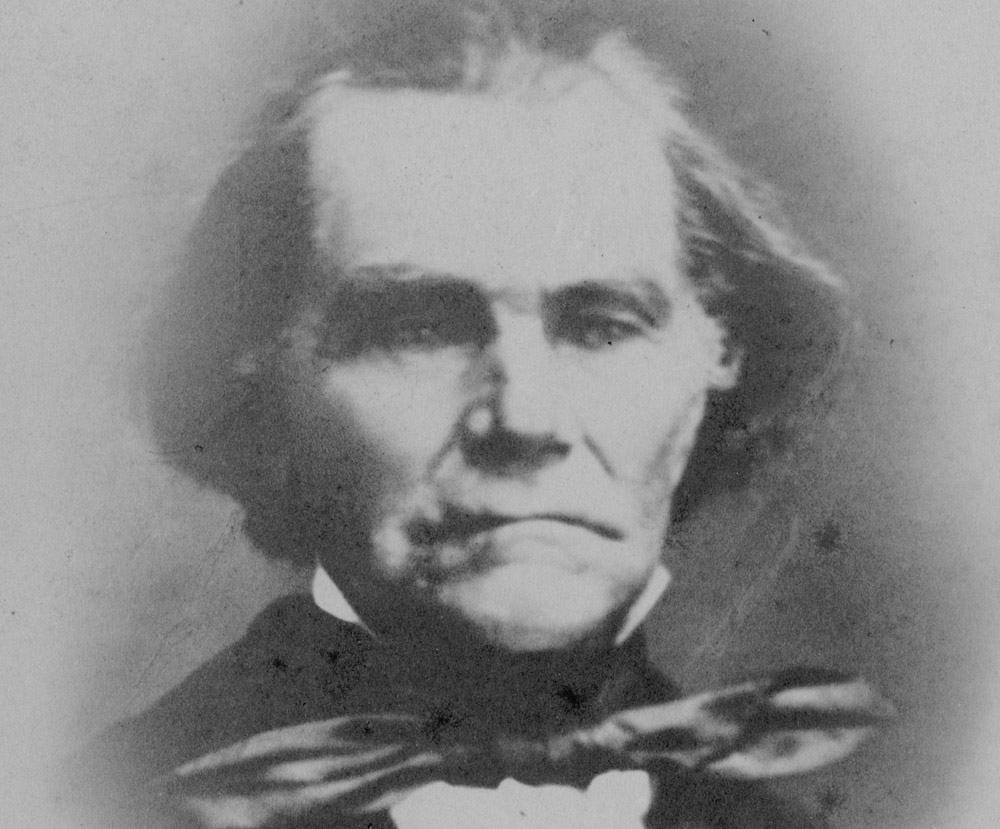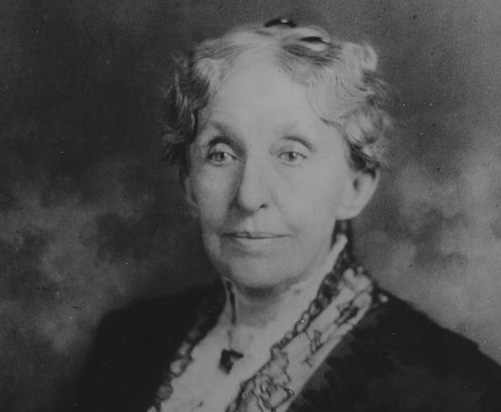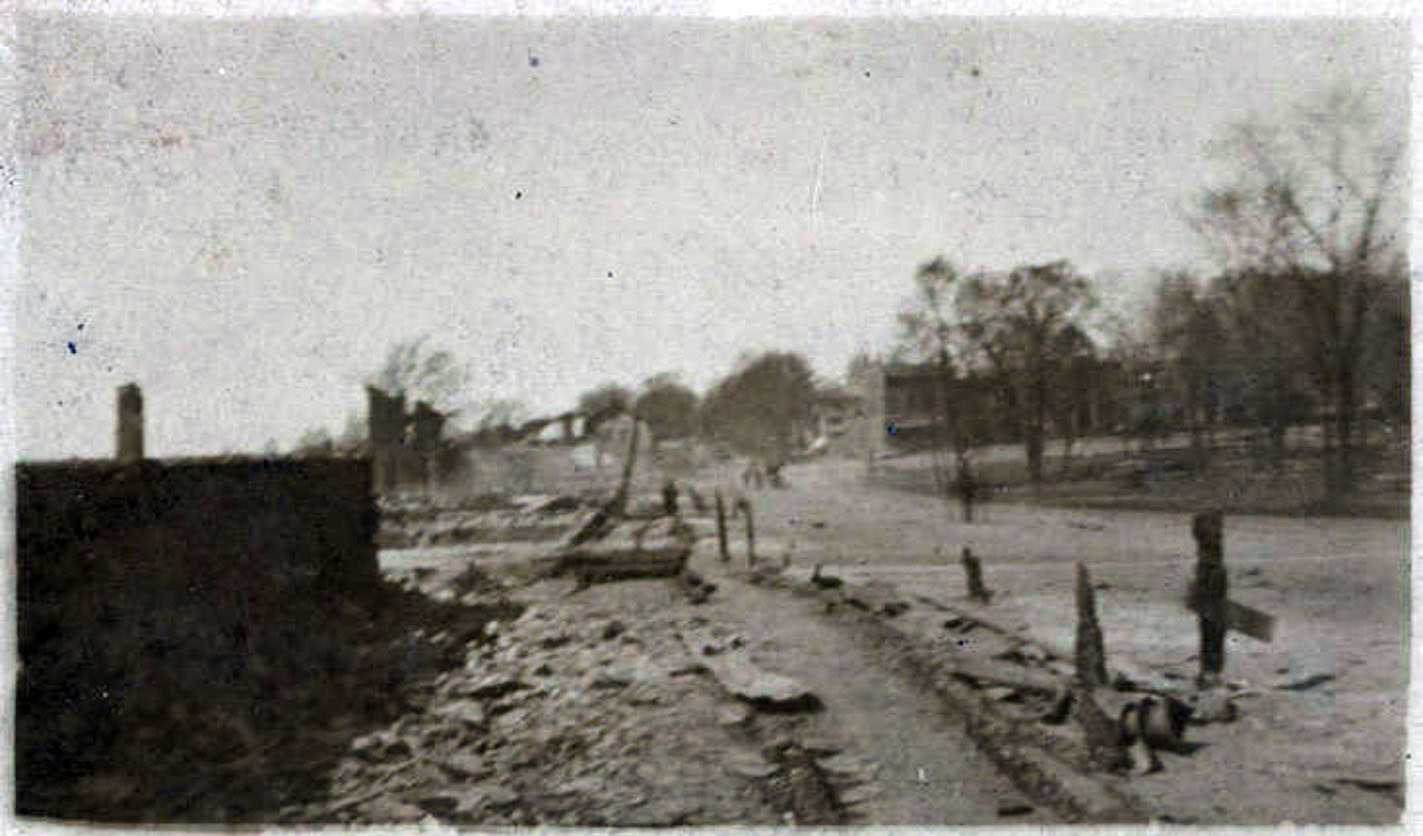James William Ellsworth was born in Hudson, Ohio on October 13, 1849, the son of Edgar Birge Ellsworth and Mary Holden Dawes Ellsworth. His father ran a general store in Hudson at the southeast corner of Division and East Main Streets and young James helped his father out in the business.
After attending the Preparatory Department of Western Reserve College, James, in 1869, decided to leave Hudson to seek his fortune. The 19-year-old Ellsworth went to Cleveland, where he began working for a wholesale pharmaceutical company. The following year, he moved to Chicago, joining the coal firm of Ames and Company. Within four years, Ellsworth worked himself up to a partner in the business, and soon became a major coal dealer and distributor in his own right.
On November 4, 1874, Ellsworth married Eva Frances Butler in Chicago. On May 12, 1880, their first child was born, a son named Linn (later Lincoln). A daughter Clare was born on November 5, 1885. Eva, however, died on the couple’s 14th wedding anniversary, November 4, 1888.
Two years later, James Ellsworth’s Ellsworth Coal Company started the mining town of Ellsworth, Pennsylvania. His financial interests began to diversify, and included many companies. At one point, he was president of the Ohio Coal Company, the Cleveland and Pittsburgh Dock Company, the Union National Bank of Chicago, among others. He also served as director of the Postal Telegraph Cable Company and the Baltimore and Ohio Railroad.
Among his early philanthropic activities was his promotional support for the World’s Columbian Exposition in Chicago in 1893. He helped keep the fair going both organizationally and financially. As Ellsworth’s fortunes increased, so did his material possessions. In addition to his Chicago home, he also began accumulating residences around the world.
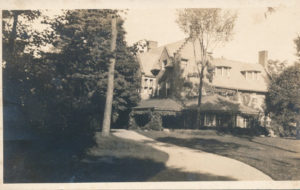
In 1890, he took one of the Ellsworth family’s odd farmhouses and converted it into a grand country estate, which he named “Evamere” after his late wife. He owned a London townhouse and another town home, a brownstone in Manhattan.
In was in New York that he met his second wife, a widow named Julia M. Clark Fincke. They were married in 1895.
1907 was a pivotal year for Ellsworth. Government restrictions and the threat of unionization pushed him to the decision of making an early retirement. As a direct result, he turned his attentions to his hometown of Hudson, with the idea of making it a “model town”. It was also in 1907 that Ellsworth bought his most famous residence, the Villa Palmieri on the outskirts of Florence, Italy. Among this ancient villa’s former residents were the author Boccaccio and the ill-fated Marie Antoinette. The Ellsworth’s had the villa completely restored, and for the rest of their lives in spent a large portion of time there. Ellsworth also bought a villa next door, the Villa Aurora, to use for guests.
In 1911, he bought another ancient structure, the Schloss Lenzburg in Switzerland, a castle said to be the ancestral home of the Hapsburg dynasty. Parts of the castle date to the 9th century.
Ellsworth soon became not only a collector of homes but also of fine objects, including rare books, coins, and china. He was one of the first Americans to buy a Rembrandt and bring it into the United States.
He never forgot Hudson, though. In 1907, he made a series of proposals for reviving the once vital town. Hudson, through a series of misfortunes throughout the end of the 20th century, was in a state of deterioration. The streets were unpaved, there was no electricity, nor was there a water and sewer system. The infrastructure of the village was deteriorating and the population was in decline.
Ellsworth’s proposals to help Hudson were sweeping. He provided funding to pave the streets, ordered elm trees planted throughout town, created power and water plants, helped property owners to renovate their properties, and encouraged thrift by helping to reinforce the state of banking in town.
In return, he asked for local prohibition of alcohol and a spirit of cooperation. The first he received soon after the initial request. The latter became more and more difficult to achieve.
Meanwhile, Ellsworth had other goals. One was to return higher education to Hudson, something that had been lacking since Western Reserve College moved to Cleveland in 1882 and Western Reserve Academy went out of business in 1903. In 1910, for instance, he tried to get a state teacher’s college in Hudson. At the last minute, that college was granted to Kent, and today is Kent State University. Without a college, Ellsworth then settled on a preparatory school, and succeeded in gaining control of the old Western Reserve College campus in 1912. By 1916, he had succeeded in putting the current Western Reserve Academy in operation on the old site.
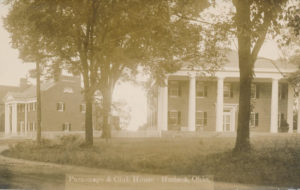
Another attempt to help Hudson occurred in 1910, when Ellsworth joined forces with Caroline Baldwin Babcock to charter the Hudson Library and Historical Society in that year. He served as one of the original trustees of the library, and provided it with its first home, an old cheese factory which Ellsworth remodeled into the “Club House.” Today, that building is Hayden Hall of Western Reserve Academy, at the northwest corner of College and Aurora Streets.
Ellsworth’s interests in the community were many, and included support for the First Congregational Church. However, he became offended by political opposition and when the citizens voted in an anti-Ellsworth mayor, Ernest Fillius; Ellsworth began cutting short his benevolence to the community, turning his full attention to the Academy.
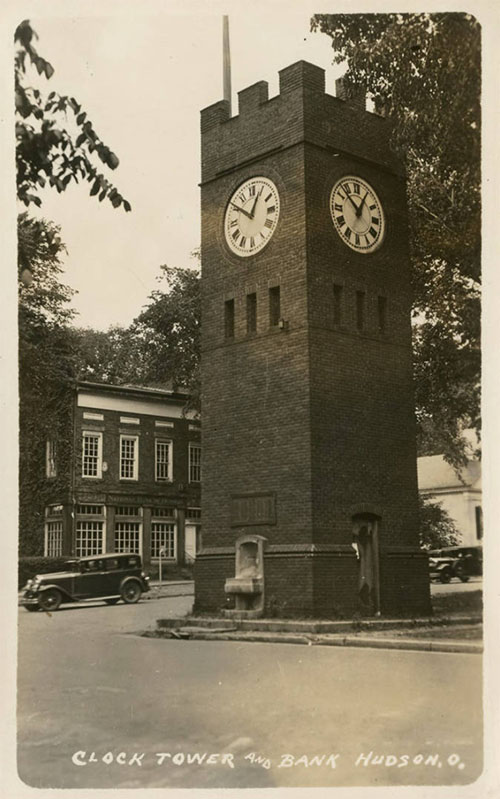
One of his final gifts to Hudson was the construction of the Clocktower, an original design which Ellsworth initially intended to be used as a fountain. Built in 1912, it has been one of the most enduring signs of Ellsworth’s memory in Hudson.
In their later years, James and Julia Ellsworth spent most of their time in Italy. They did, however, continue to keep tabs on Hudson. On June 2, 1925 James W. Ellsworth died at the Villa Palmieri.
James W. Ellsworth’s body was brought back to his hometown of Hudson and interred at Markillie Cemetery. A significant portion of his estate went to Western Reserve Academy, forming the core of that school’s endowment.

